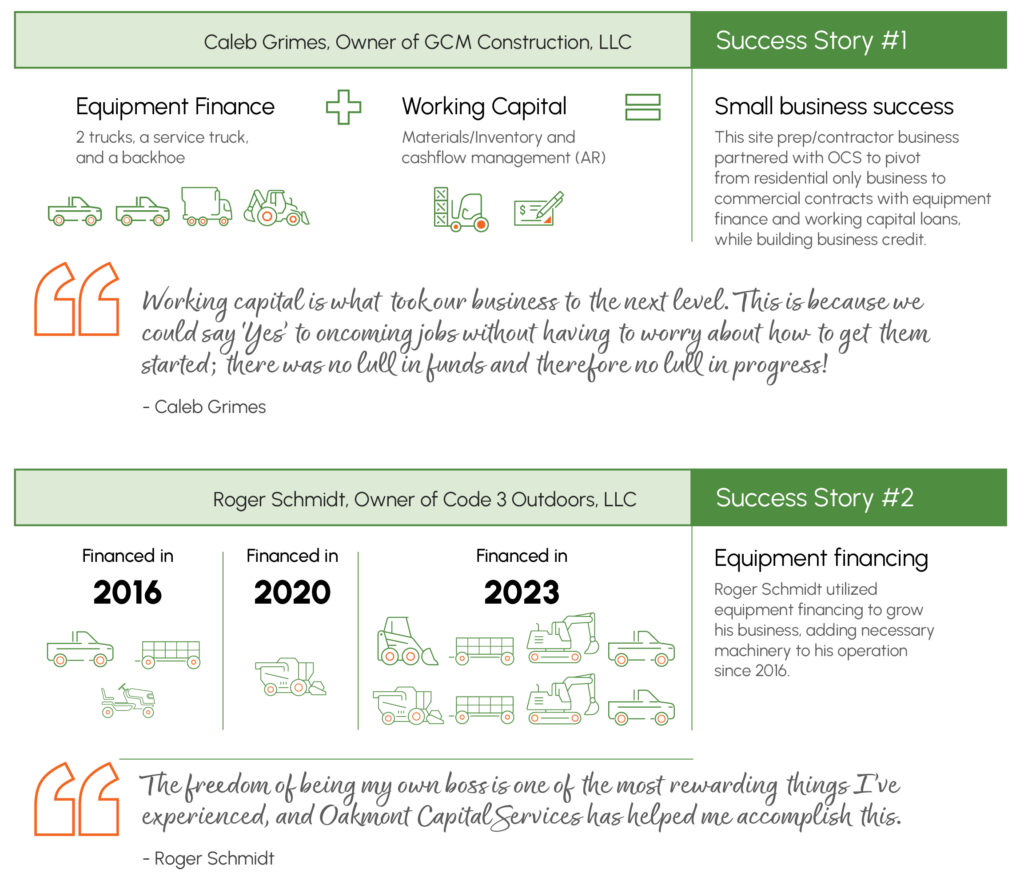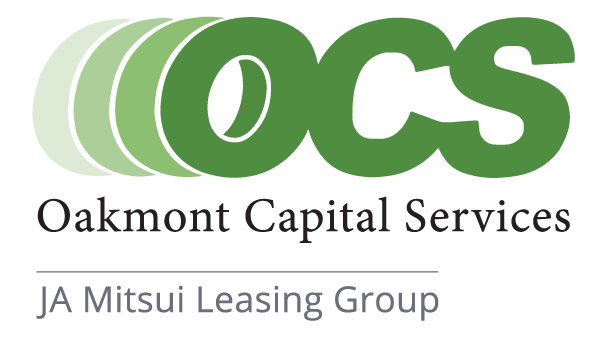In today’s fast-paced business environment, staying competitive often means investing in the latest equipment. However, businesses are facing a significant challenge: the rising cost of equipment. Since 2020, the cost of heavy equipment has increased by 30 percent, according to the Producer Price Index (PPI). This means higher acquisition costs for businesses to obtain the heavy machinery needed to get the daily work done.
Whether you’re in manufacturing, construction, tree care, or any other industry that relies heavily on machinery and tools, you’ve likely noticed that prices are climbing. This trend can put a strain on your working capital, especially when unexpected replacements or new opportunities/contracts arise.
 The Impact of Rising Equipment Costs
The Impact of Rising Equipment Costs
The increasing cost of equipment can have several implications for your business:
- Reduced Cash Flow:
Spending a large portion of your working capital on equipment can limit your ability to cover other essential expenses, such as payroll, inventory, and marketing. - Delayed Growth:
Without the necessary equipment, you might miss out on opportunities to expand your operations or take on new projects. - Increased Financial Stress:
Constantly worrying about how to finance equipment purchases can add unnecessary stress and distract you from focusing on your core business activities.
With rising prices, including inflation and interest rate factors, what can businesses do right now to ensure a successful 2025?
 The Solution: Building Business Credit
The Solution: Building Business Credit
One effective way to manage the financial burden of rising equipment costs is by building strong business credit. Here’s why it’s crucial:
- Access to Financing:
With good business credit, you can secure loans or lines of credit at favorable terms, allowing you to purchase or lease equipment without depleting your working capital. - Better Interest Rates:
Strong business credit can help you qualify for lower interest rates, reducing the overall cost of financing. - Increased Purchasing Power:
Having access to credit means you can take advantage of bulk purchasing discounts or special offers that require upfront payment. - Improved Cash Flow Management:
By using credit to finance equipment, you can spread out payments over time, making it easier to manage your cash flow.
The top reasons end-users chose to finance their equipment and software acquisitions were “optimization of cash flow” (62%), “protection from equipment obsolescence” (55%), and “tax advantages” (51%).
Source: 2024 Equipment Leasing & Finance Industry Horizon Report
 Tips for Building Business Credit
Tips for Building Business Credit
Building business credit takes time and strategic planning. Here are some tips to help you get started:
- Incorporate Your Business:
Establish your business as a separate legal entity (e.g., LLC or corporation). This separates your personal and business finances, which is crucial for building business credit. - Obtain an EIN:
Apply for an Employer Identification Number (EIN) from the IRS. This is like a Social Security number for your business and is necessary for tax purposes and opening business accounts. - Open a Business Bank Account:
Keep your business finances separate from your personal finances by opening a dedicated business bank account. - Establish Trade Lines:
Work with suppliers and vendors who report payments to business credit bureaus (like Oakmont Capital Services!). Timely payments on these accounts will help build your credit history. - Apply for a Business Credit Card:
Use a business credit card for your expenses and make sure to pay the balance in full each month. This helps build a positive credit history. - Monitor Your Credit:
Regularly check your business credit reports from agencies like Dun & Bradstreet, Experian, and Equifax. Correct any errors and stay on top of your credit status. - Pay Bills on Time:
Consistently paying your bills on time is one of the most important factors in building and maintaining good business credit. - Limit Credit Applications:
Avoid applying for too much credit in a short period, as this can negatively impact your credit score.

Real Business Success Stories
To illustrate the power of building business credit through financing, here are a few inspiring success stories from OCS customers:

 Bonus: Section 179 Tax Benefits
Bonus: Section 179 Tax Benefits
To take advantage of tax savings each year, make sure to discuss IRS Section 179 with your accountant or tax advisor. As a small or medium-sized business owner, you can offset some of the annual equipment expenses, including business machinery, trucks over 6,000 pounds, and office equipment, with this tax incentive. Section 179 allows business owners to purchase more equipment and take a deduction, enabling reinvestment in business operations.
The key is to complete your business’s purchases by December 31, 2025. If you are interested in taking advantage of tax savings while growing your business, it’s worth exploring Section 179, the current deduction limit and bonus depreciation.
 Don’t Miss Out on Opportunities This Year
Don’t Miss Out on Opportunities This Year
As we look ahead into 2025, it’s essential to position your business for success. Don’t let the rising cost of equipment hold you back. By building and maintaining strong business credit, you can ensure that you have the financial flexibility to replace outdated equipment, invest in new technology, and seize growth opportunities as they arise.







